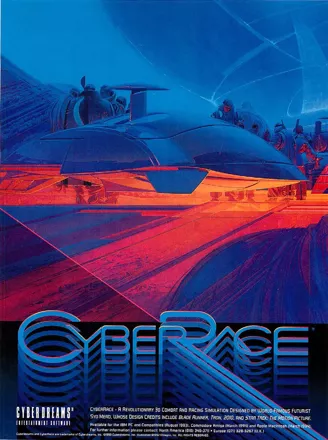 I didn’t believe in evolution once. There were a few reasons why, but one of them was that there didn’t seem to be enough transitional fossils. I’d heard various biologists and paleontologists say the same thing: the chain had missing links.
I didn’t believe in evolution once. There were a few reasons why, but one of them was that there didn’t seem to be enough transitional fossils. I’d heard various biologists and paleontologists say the same thing: the chain had missing links.
Now I realise that evolution, on a long enough timescale, often stops looking like a gradual slope, and starts looking like a series of steps.
Evolution often work in fits and jerks. There’s periods of rapid change (when there’s strong selective pressure), coupled with long pit stops where not much happens (the pressure relaxes). This conceit is found in several theories. Ernst Mayr’s “genetic revolutions.” Stephen Gould’s “punctuated equilibrium”.
Sometimes, this is dictated by outside pressures – climate change, or the introduction of a new competitor. Sometimes it’s dictated by the form itself. As WD Hamilton pointed out, you’d expect a complete flying creature to be more successful than a semi-evolved creature with half-grown wings. Once selection starts working, the creature rapidly moves through morphological space until it reaches the new optimum.
The fossil record can be likened to a ship traversing an ocean, while a satellite in space takes a photograph of it every day. Imagine the voyage takes 10 days – would you expect the 10 photos of the ship to be at perfect 10% intervals along the journey? Not hardly. There might be doldrums. There might have a strong tailwind. It might have to carefully navigate around some rocks. But this isn’t disproof of the mechanism of sail, and it’s not proof that the ship is magically teleporting from place to place. Evolution isn’t just a question of “where are we going”, it’s a question of “how quickly will we get there?”
This sort of adaptationist thinking isn’t trendy, but even an evolution driven by drift isn’t going to operate at a constant rate throughout history. The generation of mutations is modulated by a host of environmental factors (radiation, UV light), and their spread is capped by social factors. Maybe all kinds of interesting mutations developed in the humans living the New World. So what? Until 1948, none of that affected the gene pool of the humans living in Europe at all. There was a big natural barrier in the way: the Atlantic ocean.
Another thing: does something looking superficially unchanged mean it’s not evolving? The horseshoe crabs are a famous example of “living fossils”, nearly unchanged after hundreds of millions of years. But it seems they did actually change a little bit – fossilized horseshoe crabs have legs that split into two ends, while the modern kind have no split. (Perhaps there’s better examples of living fossils. Cladoselache is a Devonian fish that looks very much like a modern shark. Trigonotarbida is 400mYa old yet easily recognisable as a spider – some fossils even have spinerettes.)
I guess you always want more fossils. But when I die, the fossil record will likely keep no record of me, so who am I do to deny transitional fossils a hypothetical existence?
No Comments »
Comments are moderated and may take up to 24 hours to appear.
No comments yet.

